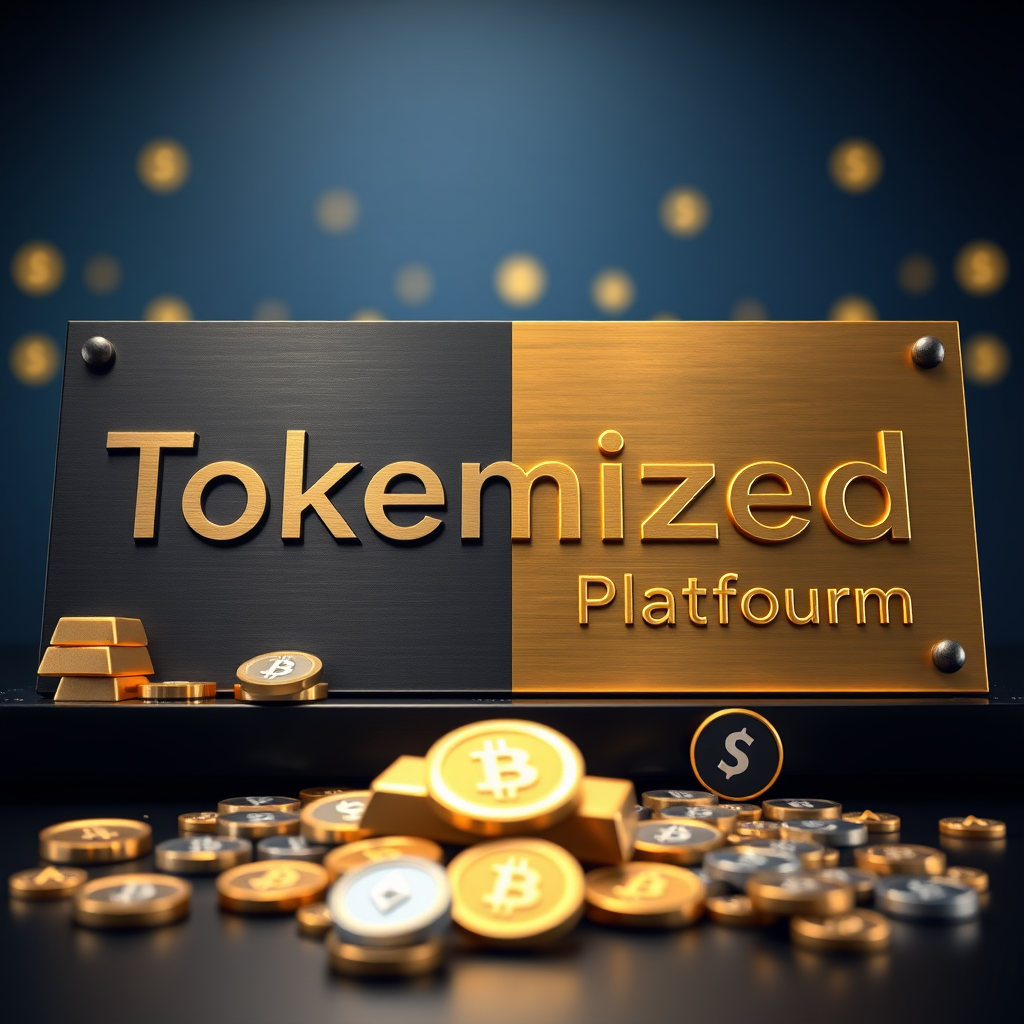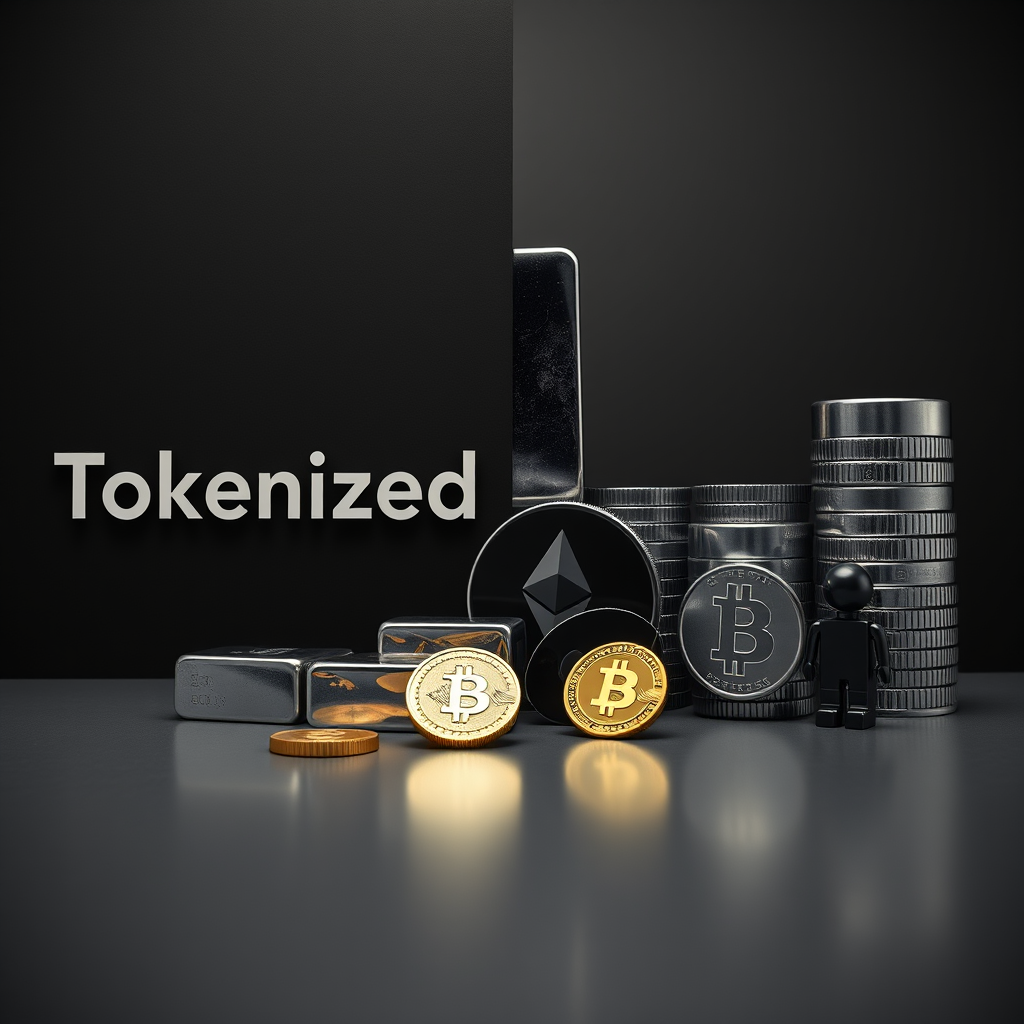At the heart of the evolving decentralized finance (DeFi) revolution is the advent of tokenized bonds. These financial instruments blend the traditional concept of fixed income securities with the innovative capabilities of blockchain technology, offering a modern twist to a time-tested asset class. Essentially, tokenized bonds are securities that represent a debt obligation, but rather than being issued in paper form or through conventional financial institutions, they are created and managed on blockchain networks, such as Ethereum.
By leveraging tokenized platforms, investors can gain exposure to bonds in a digital format that enhances liquidity and accessibility. The bond’s fundamental features remain intact: the issuer promises to pay back the bondholder the principal amount at maturity along with a yield, which is the interest paid over time. However, tokenized bonds provide a new layer of transparency and efficiency by utilizing smart contracts to automate these transactions, ensuring timely issuance and settlement.
This innovative approach to fixed income securities opens up new avenues for both issuers and investors. Tokenized platforms facilitate fractional ownership, meaning investors can purchase portions of a bond, thus lowering the barrier to entry traditionally associated with bond investments. Moreover, these platforms potentially offer access to a wider range of bond types and a broader investor base, making the market more inclusive.
The integration of blockchain technology not only enhances security and reduces counterparty risk, but it also enables real-time tracking of bond performance and ownership. This makes tokenized bonds an attractive option for those looking to diversify their portfolios within the DeFi space, setting the stage for a more democratized financial ecosystem where traditional and digital finance converge.
The rise of yield farming

Yield farming, a pivotal innovation within the decentralized finance landscape, has surged in popularity due to its potential to offer high returns on cryptocurrency holdings. By strategically utilizing idle crypto assets, investors can maximize returns through lending, borrowing, and providing liquidity to various blockchain protocols. This explosive rise is rooted in the DeFi movement, which seeks to revolutionize traditional financial systems by removing intermediaries and fostering a more open and accessible economic environment.
Central to yield farming is the concept of liquidity pools, where users deposit cryptos into smart contracts that facilitate trading activities on platforms like Uniswap, Compound, and Aave. These pools not only provide liquidity but also contribute to the stability and efficiency of DeFi protocols. In return, participants are rewarded with governance tokens and fees generated from the trading activities facilitated by their funds.
The allure of yield farming is its potential for significant financial gains, often yielding higher returns compared to conventional savings or investment vehicles. However, it is not without risks, including smart contract vulnerabilities and market volatility. To safeguard investments, participants must carefully evaluate the protocols and smart contracts involved.
Within this dynamic ecosystem, tokenized bonds are emerging as a compelling opportunity for yield farmers. By integrating these digital fixed income assets into their strategies, investors can diversify their portfolios while potentially enhancing returns. Tokenized bonds provide a stable income stream and leverage the efficiencies of the Ethereum blockchain, aligning with yield farming’s core objectives of maximizing value from holdings in a decentralized manner.
Ethereum’s role in tokenization
Ethereum is the backbone of the tokenization revolution, transforming the financial industry by providing the infrastructure necessary to digitize traditional assets like bonds. As a leading blockchain platform, Ethereum allows tokenized platforms to create, manage, and trade digital assets securely and efficiently. With its programmable smart contracts, Ethereum automates complex financial transactions, ensuring accuracy and reducing human error. This functionality is crucial for tokenized bonds, which rely on blockchain technology to streamline processes, enhance transparency, and ensure seamless execution of bond-related activities.
The flexibility and interoperability of Ethereum make it an ideal choice for hosting tokenized bonds, particularly in the DeFi space. Its ability to support a wide range of applications facilitates the customization required for varying types of bonds and investment strategies. Ethereum’s global network of developers continuously enhances its capabilities, enabling DeFi platforms to offer innovative financial products and services that cater to a diverse investor base.
Security is another pivotal aspect of Ethereum’s role in tokenization. By employing cryptographic methods, Ethereum ensures data integrity and protection against tampering, essential for maintaining investor confidence in digital bond markets. Additionally, Ethereum’s decentralized nature eliminates single points of failure, safeguarding the system against attacks and technical failures.
As tokenization continues to evolve, Ethereum’s capacity to integrate with other blockchain platforms and financial systems will further expand the opportunities for yield farming with tokenized bonds. This integration fosters a more connected and efficient financial ecosystem, where traditional assets can be seamlessly transitioned into the digital realm, bridging the gap between conventional finance and emerging blockchain-based solutions.
Steps to use a tokenized platform

To engage with a tokenized platform, the first essential step involves choosing a platform that supports tokenized bonds on the Ethereum blockchain. It’s crucial to identify a platform renowned for its reliability, user-friendly interface, and security features to ensure a seamless experience. Prospective users should conduct thorough research into the platform’s reputation, reading user reviews and examining their security protocols.
Once a platform is selected, the next step involves setting up an account. This typically requires providing necessary identification documents to comply with regulatory requirements and ensure network safety. During this process, users will need to secure their accounts using strong passwords and enabling two-factor authentication to protect against unauthorized access.
After the account is successfully set up, users can proceed to link their digital wallet. A digital wallet is crucial for holding and managing cryptocurrencies and tokenized bonds. The platform may provide integration instructions, facilitating the seamless transfer of cryptocurrencies, such as Ethereum, which are necessary for purchasing tokenized bonds. It’s vital to select a wallet compatible with Ethereum to ensure smooth transactions.
Next, users will explore the marketplace to identify available tokenized bonds. This step involves examining various bond offerings, reviewing their terms, yields, and issuer credibility. Some platforms may offer advanced analytics and comparison tools to assist in making informed decisions. Reviewing these elements enables users to tailor their investment strategies to align with their financial objectives.
Once a suitable tokenized bond is identified, the purchase can be initiated through the platform. Users need to utilize their connected digital wallet to transfer the requisite amount of cryptocurrency to execute the transaction. This process involves interacting with smart contracts that manage the purchase, ensuring transparency and reducing the potential for errors. The transaction will be verified on the Ethereum blockchain, and ownership of the tokenized bond will be recorded, guaranteeing proof of ownership.
After acquiring tokenized bonds, users can engage in yield farming by providing liquidity or staking their bonds in specific DeFi protocols that offer attractive returns. It is crucial to regularly monitor these investments, utilizing the reporting tools provided by the platform to track performance and adjust strategies as required. This proactive management ensures that users can maximize yield while minimizing associated risks, such as market volatility and smart contract vulnerabilities.
Benefits and risks of yield farming with bonds

Engaging in yield farming with tokenized bonds offers a unique avenue for enhancing returns, leveraging the advancements of blockchain technology and the Ethereum network. Among the compelling benefits is the potential for improved yield over traditional fixed income securities. Tokenized bonds provide predictable income streams through interest payments, heightened by the capacity to participate in decentralized finance (DeFi) activities that amplify returns. This synergy between fixed income and yield farming creates a lucrative landscape for investors seeking diversified income sources.
By utilizing a tokenized platform, investors gain access to a diverse array of bond offerings, previously out of reach within conventional markets. The fractionalization of tokenized bonds enables more granular investments, reducing entry barriers and offering a broader pool of investors the opportunity to tap into fixed income strategies. The integration with blockchain not only ensures enhanced liquidity but also streamlines transactions, reducing reliance on traditional financial intermediaries and thereby decreasing associated costs.
However, these opportunities are accompanied by inherent risks that necessitate careful consideration and management. Market volatility remains a significant concern, given the fluctuating nature of cryptocurrencies and DeFi protocols. Price swings can impact the valuation of tokenized bonds as well as the returns from associated yield farming activities. Additionally, smart contract vulnerabilities pose substantial risks. While they automate and secure transactions, any flaws in the code can be exploited, potentially leading to financial losses.
Regulatory uncertainties also loom over tokenized bonds and DeFi practices. The evolving legal landscape could impact both the issuance and trading of digital securities, creating compliance challenges. Participants must remain vigilant in staying informed about potential regulatory changes that may affect their holdings. Moreover, the security of digital wallets and private keys is critical; any lapses can result in asset loss due to unauthorized access or hacking attempts.
Ultimately, yield farming with tokenized bonds requires a nuanced understanding of blockchain technology, market dynamics, and risk management strategies. While offering alluring prospects for enhanced income, it demands judicious evaluation of platforms, assets, and market conditions. Careful planning and ongoing monitoring are essential to navigating this innovative yet complex financial frontier, ensuring that the potential benefits outweigh the risks associated with blending traditional fixed income instruments with cutting-edge DeFi opportunities on a tokenized platform.






